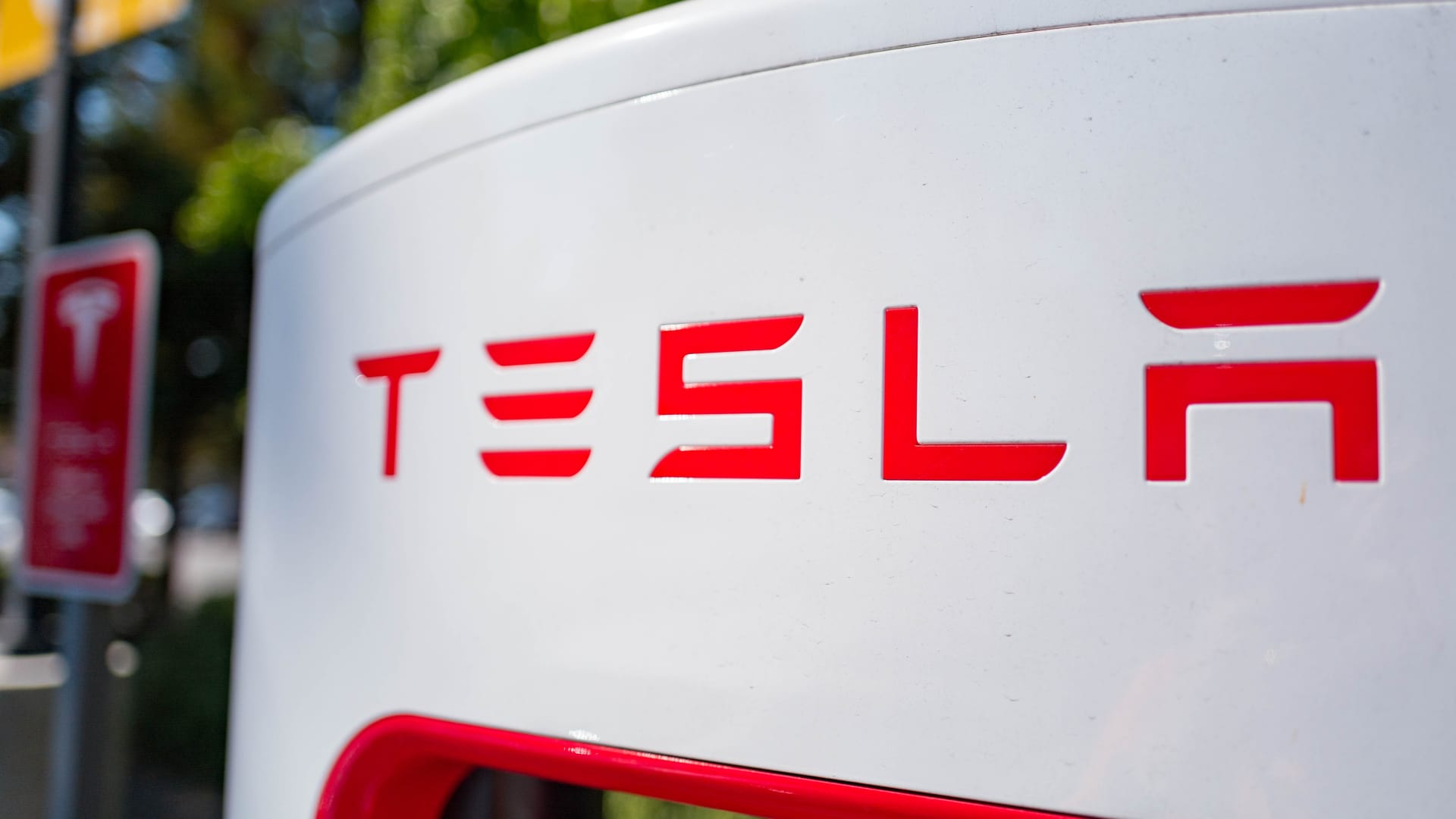This could have ramifications for Canadians, assuming that they use this battery technology for Canadian models due to being more affected by cold weather:

 www.cnbc.com
www.cnbc.com
“LFP has both positive and negative trade-offs,” said Sam Abuelsamid, Guidehouse Insights principal analyst. “It’s significantly cheaper and doesn’t require any nickel or cobalt. It’s also more stable, which makes it safer.”
One major downside: The cells are less energy-dense, which means they offer lower range for the same weight as other cells. Cold weather also affects them more, Abuelsamid said.

Tesla will change the type of battery cells it uses in all its standard-range cars
The move is likely a way for Tesla to increase profit margins on its vehicles, while not necessarily having to raise vehicle prices.


